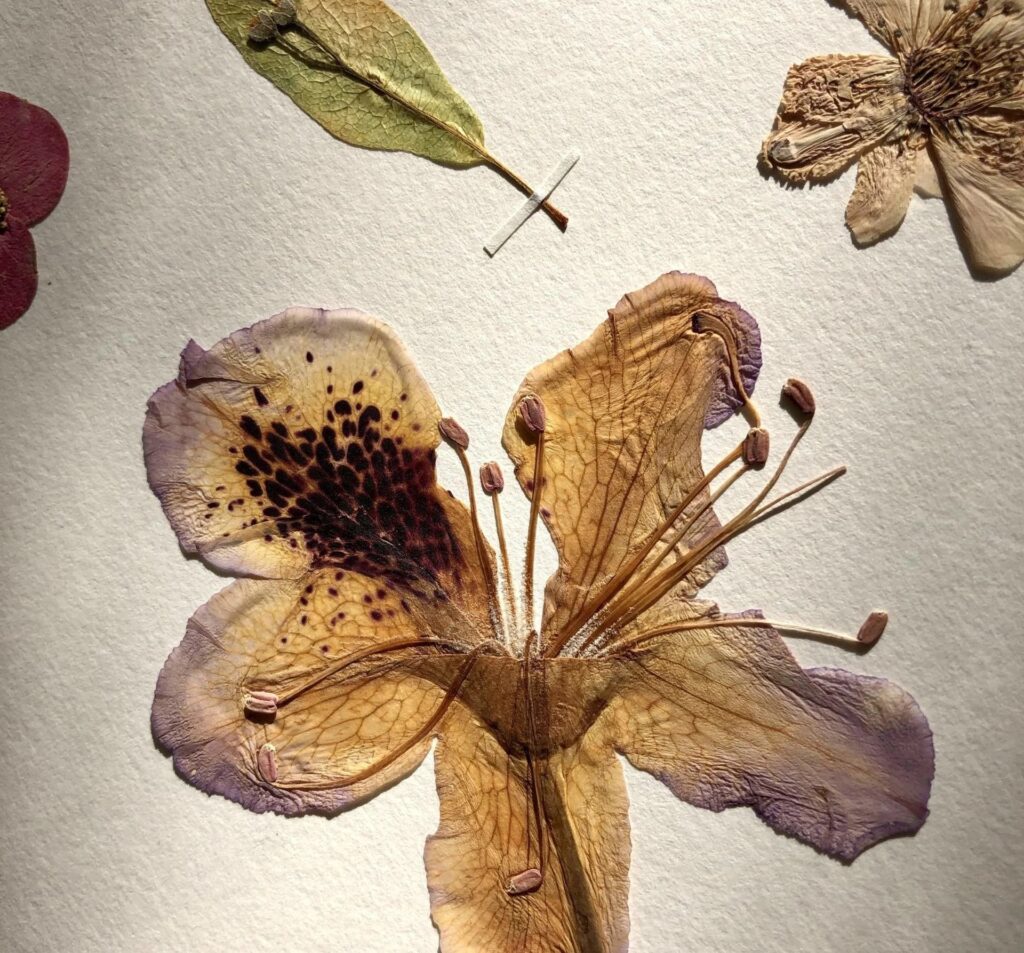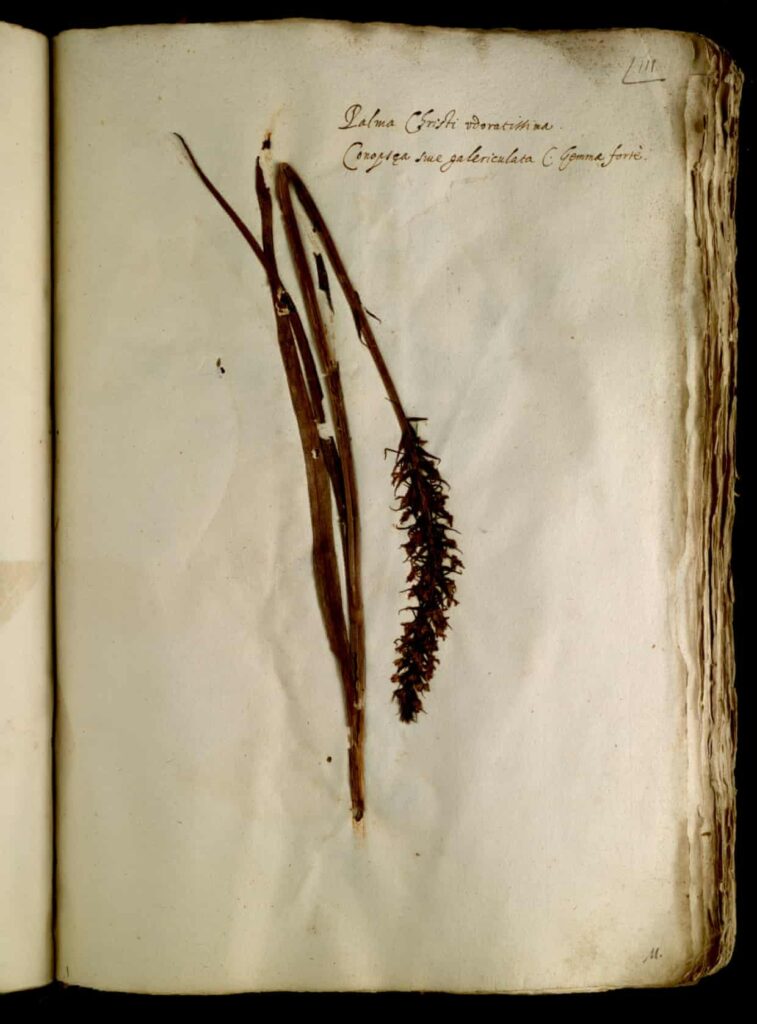
In a quest to unravel the secrets of Italy’s past, scientists have turned to an unlikely source – a collection of 500-year-old pressed flowers. Preserved by naturalist Ulisse Aldrovandi between 1551 and 1586, these delicate specimens, originating from the hillsides of Bologna, have provided a unique window into the ecological shifts that have transpired over the centuries. However, the revelations from this botanical time capsule are disheartening, painting a picture of significant environmental changes in the Italian countryside.

Aldrovandi’s meticulous collection, housed in 15 books containing up to 580 specimens affixed to sheets, serves as more than just a catalog of flora. It includes detailed notes on species’ frequency, abundance, ecology, local names, and uses in folk medicine. A recent study published by The Royal Society has undertaken a detailed examination of these pressed flowers, aiming to track the floristic changes that have unfolded in the region over the past five centuries.
The findings are unsettling, highlighting the profound impact of a warming planet and human migration on Bologna’s flora. One alarming discovery is the substantial increase in non-native species in the region over the past 500 years. In Aldrovandi’s time, a mere 4% of the flowers hailed from the Americas. Today, that percentage has skyrocketed by 1,000%, attributed to the expansion of American-European trade routes during the Renaissance period.

Lead researcher Fabrizio Buldrini expresses concern over these increases, labeling them as “frightening” and emblematic of profound human influence on the environment. The study further reveals that many plant species present during Aldrovandi’s era are now either threatened or extinct. While the total number of species has risen, the overall quality of the flora has declined, and rare species are disappearing.
Understanding the importance of native plants to ecosystems adds gravity to these findings. Native plants have evolved to thrive in specific regions, adapting to unique moisture levels, soil compositions, weather patterns, and native wildlife. Their existence is intertwined with mutualistic relationships that benefit both the plants and the local wildlife, particularly pollinators crucial for reproduction.

The invasion of non-native species poses a myriad of problems, including the displacement of native plants, nutrient hoarding, and alteration of landscapes, as witnessed in Bologna. A video demonstration by a plant expert illustrates how invasive plants like wild mustard can outcompete and overwhelm native flora.
While the study’s revelations may be disheartening, individuals can play a role in mitigating the impact of invasive plants in their own communities. The National Wildlife Federation (NWF) suggests taking proactive measures such as removing invasive plants from personal spaces and reporting sightings to local authorities

. Additionally, supporting native species by incorporating them into personal gardens becomes a meaningful contribution to the preservation of local biodiversity. The NWF offers native plant collections for various states, providing an accessible means for individuals to participate in nurturing and sustaining native ecosystems.
While the centuries-old pressed flowers from Bologna serve as a poignant reminder of the dynamic relationship between humans and the environment, they also inspire a call to action. By fostering an appreciation for native flora and understanding the delicate balance within ecosystems, individuals can contribute to the ongoing effort to protect and restore the natural heritage of their regions. The lessons learned from this historical botanical exploration remind us that our actions today shape the landscapes of tomorrow, emphasizing the importance of mindful stewardship in the face of environmental challenges.

Leave a Reply